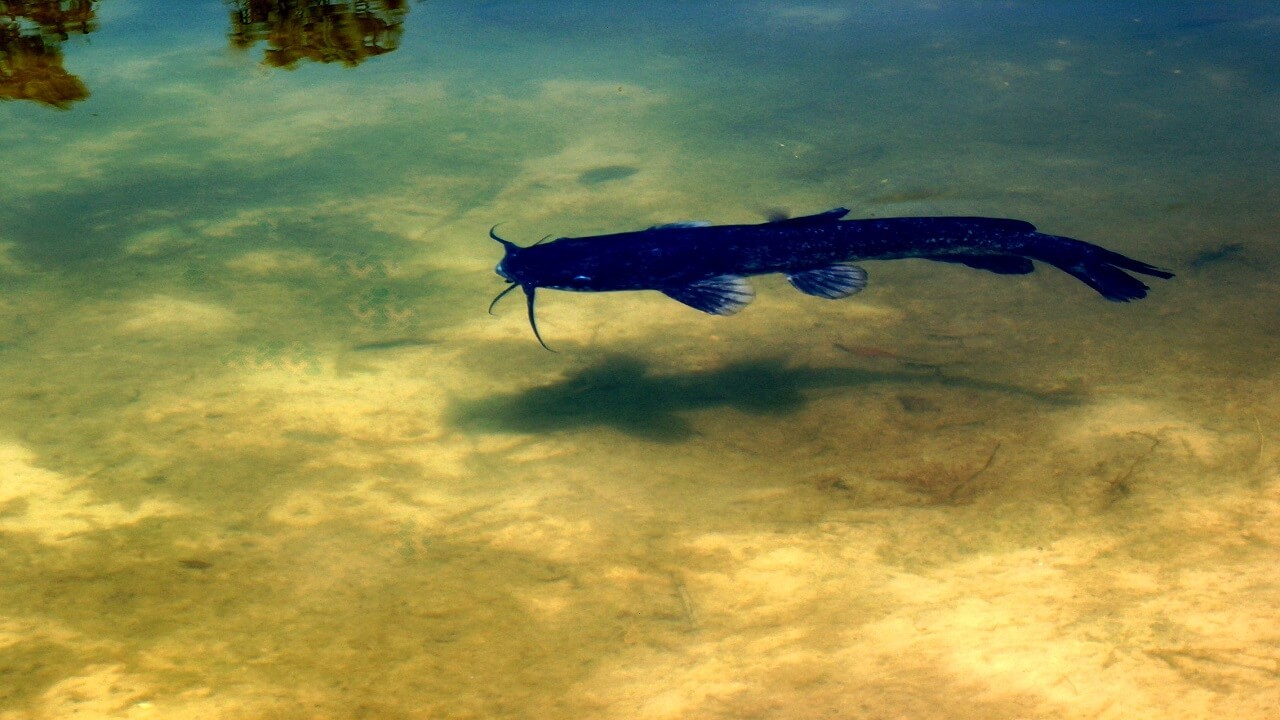
Catfish Farming Management Techniques
April 16, 2020, 5:31 pm
In order to get good results and have a profitable fish farming business, you should be aware of certain management practices that ensure good growth and development of fishes.
This article will be looking at these practices, explaining their concepts and how you can deploy them on your farm.
Catfish Farming Management Techniques
CATFISH FARMING STOCKING AND CROPPING
Stocking a pond is the act of introducing fish fingerlings or seed (stock) into the pond for rearing.
Stocking rate: This is the act of introducing viable fish seed into ponds for rearing at a specific number per square metre.
Stocking Density: The total number of fish seed stocked per surface area of the pond. A defective stocking rate may result in either over-stocking or under-stocking
Overstocking: This occurs when the carrying capacity of the pond is exceeded in respect of the number of fish seed stocked. The effect of overstocking is low growth rate due to competition for space and food and low yields
Understocking: This often refers to under-utilization of capacity. It occurs when fish seed stocked is far below the carrying capacity of the pond resulting in wastage of resources (space and expended feed)
The management of many stocking rates and combinations has the ultimate goal of maximizing production of commercially sized fish. Enhancement of fish growth to its maximum is determined by the following:
- Correct stocking rate
- Encouragement of natural foods through pond fertilization
- Maintenance of optimum water quality and
- Supplementary feeding
Stocking rate is also determined by the culture system: monoculture, polyculture or mixed farming. Recommended stocking rate in a monoculture system is as follows:
- Tilapia spp: 10,000 to 15,000 fingerlings/ha
- Mugil spp: 10,000 to 20,000 fingerlings/ha
- Chrysicthys spp: 7,000 to 8,000 fingerlings/ha
- Clarias spp: 15,000 to 20,000 fingerlings/ha
The stocking rate in polyculture systems is as follows:
- Clarias gariepinus + Tilapia spp: 4,500 to 6000 (1:3)
- Cyprinus carpio + Tilapia spp: 5,000 to 10,000 (1:2)
- Tilapia + Mullet: 8,000 to 10,000 (1:2)
- Tilapia spp + Mugil spp + Chrysicthys spp: 10,000 (10:4:1)
Above a certain density, the critical standing crop, the amount of food per fish falls below the food requirements of fish and growth will decrease with increasing density of fish. When the pond attains the maximum carrying capacity, food will be sufficient for maintenance only and growth rate will be zero.
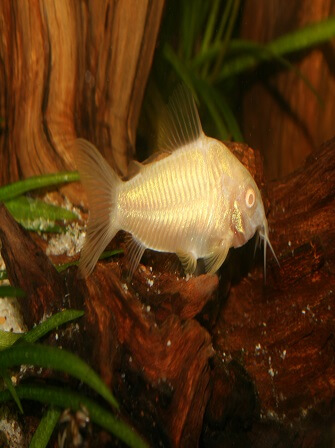
If at the critical standing crop, food of sufficient quality is added, growth at the maximum rate will continue if a factor becomes limiting e.g. dissolved oxygen, very high temperature etc.
CATFISH FARMING CROPPING
This is the harvesting of fish from the pond, cropping may be partial or total.

Test cropping is first carried out before real cropping is done. It is necessary to stop feeding one to two days before cropping. Cropping should be done when the weather is cool—preferably in the morning hours. Cropping could be achieved by use of seine nets, cast nets, gill nets, scoop nets or clamp nets during total cropping which will involve total draining of the pond.
Before draining, ensure that the screens are in position. Harvested fish should be transferred to holding tanks in containers with clean water. Adult fish are sorted out according to their sizes and fingerlings are kept for restocking or sold to other fish farmers requiring fish seed.
IMPOUNDMENT, DRAINING AND WATER LEVEL
The first flooding or filling should be done very carefully and slowly and each filling after draining must be done slowly especially if the walls are dry in order to avoid slumping and sliding of walls as a result of uneven wetting.
Draining is done at the end of the period for which the fish are grown in order to harvest fish. This should be slow also to prevent damage to pond walls and also to avoid fish being lost in the mud. Avoid leaving some fish in little volume of water in ponds so that predators will not easily consume them.
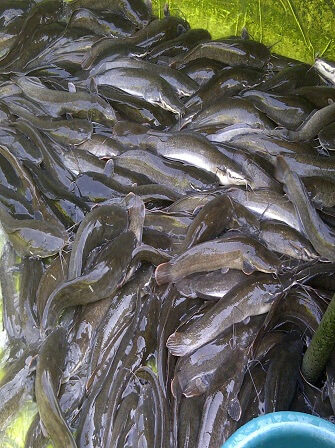
Ponds should never be filled to the level of the walls. 15—20 cm freeboard is necessary according to the size of the pond. The freeboard is the distance between the top of the wall and the water level in ponds. Overflows in ponds should be prevented.
CATFISH FARMING WATER PARAMETERS
Since water is the main abode of fish, it serves various functions which also include providing dissolved oxygen necessary for respiration, supply of food as well as serving as a medium for reproduction and water discharge. Because of this, constant monitoring of water for pH, dissolved oxygen, temperature, turbidity and presence of pollutants is a necessity.
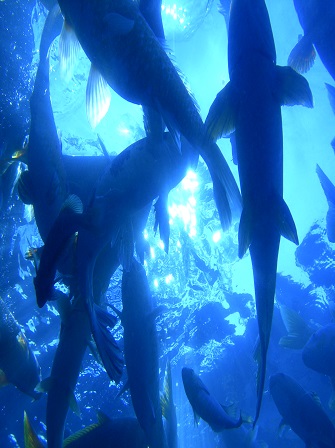
Water with a pH value of 6.5—8.0 is regarded as normal for fish culture while dissolved oxygen of 4—8mg/litre is necessary. To know the state of water, a spit into a pond with low dissolved oxygen, will take almost five minutes or more before the saliva foam disappears. Pollution causes stress to fish and this in turn exposes fish to diseases.
CATFISH FARMING DISEASE CONTROL
Commercial pisciculture involves higher densities of fish which calls for introduction of large quantities of concentrated foods and mineral fertilization into fish ponds. These bring about changes in water qualities which may be stressful to fish. It has been shown that environmental stress may trigger outbreaks of infectious diseases. The relationship between a pathogen, host and the environment causes serious losses, only when fish (i.e. the host) and pathogen are present in an environment which favours diseases. There is then the need for regular monitoring of the water in commercial fish ponds for temperature, dissolved oxygen concentration, pH and where appropriate salinity.
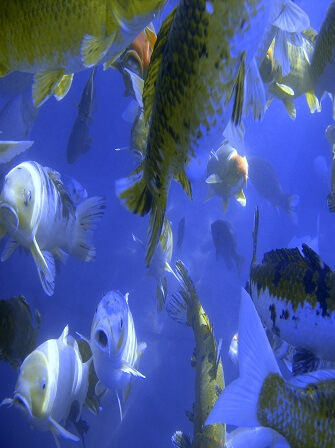
Experience has shown that a wide variety of bacterial, parasitic and other diseases become a problem only if fish are held under environmental conditions unfavourable for the particular species. Such unfavourable conditions include crowding, temperature fluctuations, inadequate dissolved oxygen , excessive or rough handling, sub-lethal levels of toxic materials. These environmental factors are generally regarded as stressors.
Fish diseases don’t occur as a single cause event but are the end result of interactions of the etiologic agent, a susceptible fish and the environment (i.e. pre-disposing condition). These three factors must occur concurrently in order for an infectious disease outbreak to develop. Experienced fish farmers take precautions to prevent the simultaneous occurrence of all three factors (preventive medicine).
Sooner or later, the fish culturist arrives at a situation where he must treat his fish for one disease condition or another. Generally, diseases are classified as infectious, parasitic, non-communicable and diseases of unknown aetiology. Diseases are caused by viruses, bacteria, fungi and less frequently, algae.
Parasitic diseases are caused by protozoa, helminthes and parasitic crustaceae.
Non-communicable diseases include nutritional fish diseases (e.g. goiter or hyperplasia of the thyroid gland), diseases associated with physical or physio-chemical abnormalities of water e.g. gas bubble disease which is due to super saturation of water with nitrogen or oxygen, low temperature disease and diseases caused by waterborne irritants e.g. cement, dust, silt, ammonia etc.
Disease of unknown aetiology include diseases for which the causative agents have not been identified e.g. proliferative kidney diseases and ulcerative dermal necrosis.
Treatment of fish is always a dangerous undertaking and every possible precaution must be taken to avoid disastrous results. Unlike the physician or veterinarian who treats patients on an individual basis under carefully controlled conditions and with accurate dosages, the farmer must treat his fishes en masse and trust the law of average will work in his favour.
Prevention rather than treatment should be the goal of every fish culturist. Most problems develop or become serious simply because of poor management or inattention on the part of the fish culturist. Some disease preventive measures include:
- Use water that is free of wild fish e.g. spring or well water
- Use good quality water without pollutants
- If water is from streams or lakes, sand-gravel filters can be installed to prevent wild fish and most parasites
- Avoid introduction of fish from other hatcheries, where this is impossible, obtain fish from hatchery without history of serious disease problems. Treatment against ectoparasites prior to stocking is advisable
- Avoid crowding of fish at any time, especially during hot weather
- Ensure good environmental conditions in order not to induce stress
Before initiating treatment, if any, four factors must be given attention:
- Do you know your water?
- Do you know your fish?
- Do you know your chemotherapeutic agents?
- Do you know the disease?
Live food such as brine shrimps, fish food such as organ meat or cut pieces of fish, single ingredient food such as oilseed meal, groundnut cake, zooplankton or phytoplankton, or manufactured multi-ingredient feed (i.e. compounded/diets) should be given.
Fish require proteins, lipids, carbohydrates, minerals and vitamins in their diets in order to meet the physiological needs of growth and reproduction.
OTHER CATFISH FARMING MANAGEMENT STRATEGIES
The unavailability of fish seed could be solved through research into hybridization of some Nigerian species as well as sex-reversal to enable fish attain table size early. Efforts should be made to induce species of high economic value to reproduce in captivity. The reversal of sex and hybridization to produce males only will result to energy dissipated during reproduction being diverted to growth of fish to improve on the optimum growing period under any given prevailing condition.
Efforts should be made to study the biology of all the species of fish in Nigeria with high economic value with a view to ascertaining their stocking density, ration level vis-à-vis their growth rate. Finally, manpower development and creation of value-addition awareness in the area of fish production and processing should be pursued vigorously.
MANAGEMENT OF CULTURABLE SPECIES OF FISH
The production of fish in cultured environments calls for human interference and certain manipulations. The management techniques needed for increased fish production especially in an enclosure like ponds are sub-divided into three natural features of operations. These are techniques directed at:
- The pond itself
- Pond water
- Fish stock
Need for Management
- To increase the survival of the fish for bumper harvest
- To increase production of the pond
- To maintain conducive and quality water for rearing fish stock
- To increase water productivity and access of fish stock to fish food
- To eradicate common social menace associated with African fish farming called poaching
- To protect against physical risk such as flood, erosion, pollution etc.
- To protect against biological risk such as disease outbreaks, predators etc.
- To regulate level of water
- To improve growth rate of fish
- To maintain delicate balance among fish, pathogen and environment in water
- To avoid counter-production effort in the name of high yield
If you are interested in going deeper and learning more about fish farming, then you need to signup to watch our tutorial videos that will show you what to do in order to become successful in fish farming. Click here to learn more and signup today.

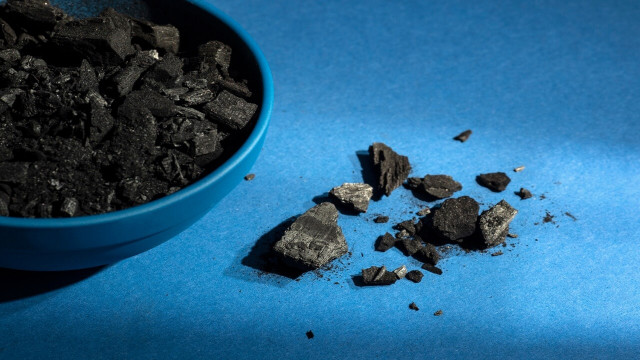
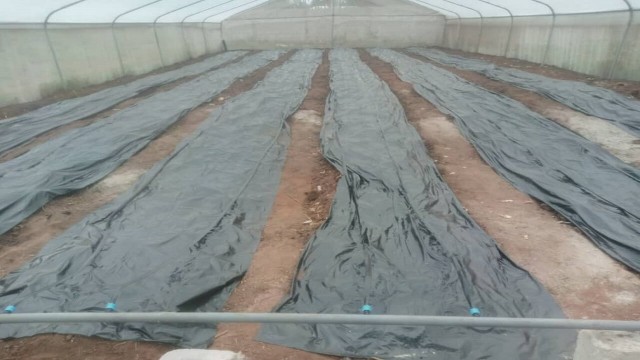



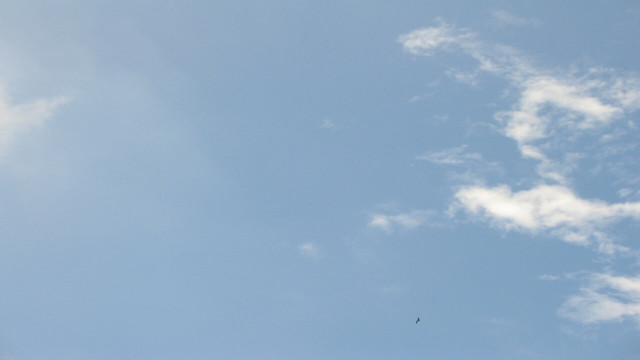


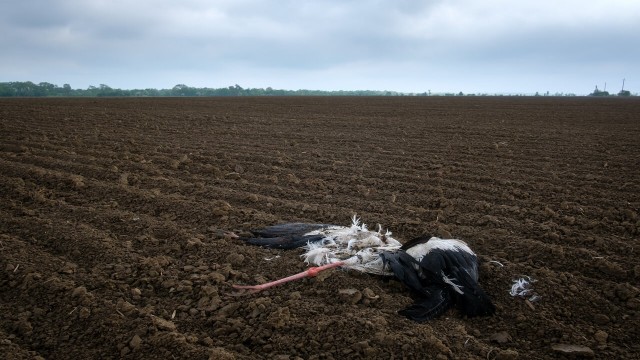

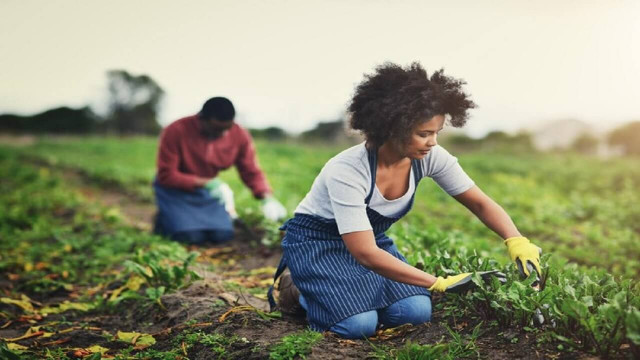
Share This Article: